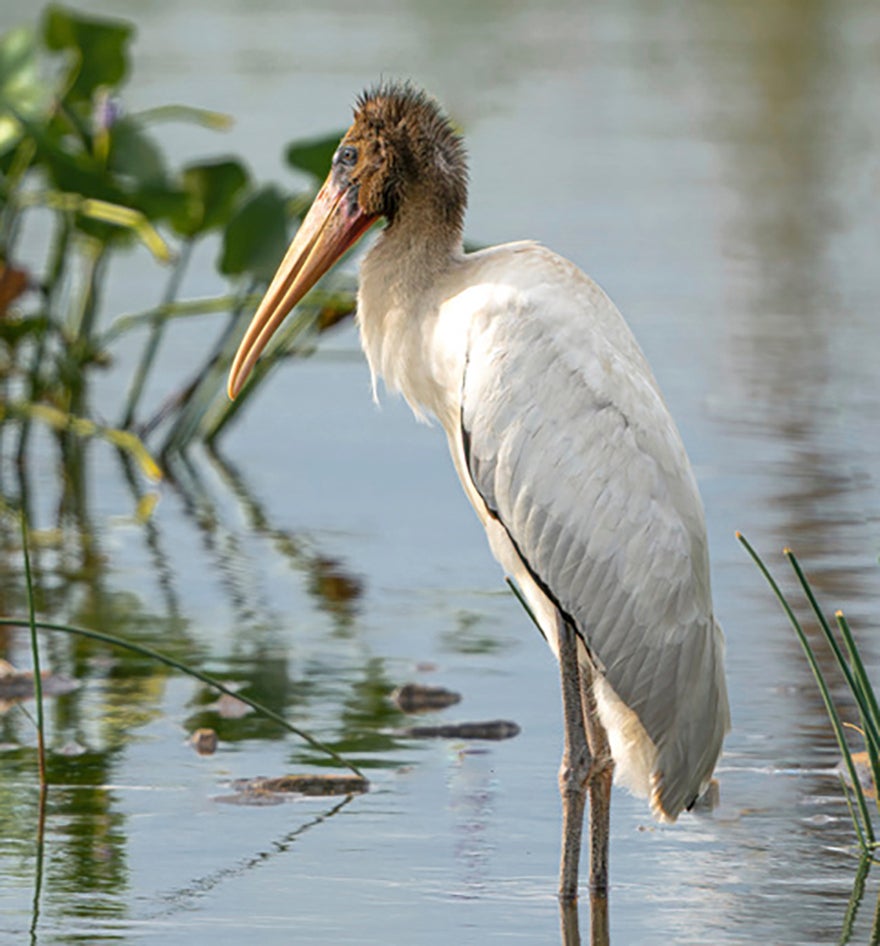Tropical stork ends up in New York, dies after eating litter
A wood stork typically seen in tropical and subtropical regions migrated to New York City but died 10 days after it was first spotted on Staten Island

Your support helps us to tell the story
From reproductive rights to climate change to Big Tech, The Independent is on the ground when the story is developing. Whether it's investigating the financials of Elon Musk's pro-Trump PAC or producing our latest documentary, 'The A Word', which shines a light on the American women fighting for reproductive rights, we know how important it is to parse out the facts from the messaging.
At such a critical moment in US history, we need reporters on the ground. Your donation allows us to keep sending journalists to speak to both sides of the story.
The Independent is trusted by Americans across the entire political spectrum. And unlike many other quality news outlets, we choose not to lock Americans out of our reporting and analysis with paywalls. We believe quality journalism should be available to everyone, paid for by those who can afford it.
Your support makes all the difference.A wood stork typically seen in tropical and subtropical regions migrated to New York City but died 10 days after it was first spotted on Staten Island, apparently after eating a large piece of hardened foam, researchers said.
The juvenile wood stork was first seen by bird researcher Anthony Ciancimino on July 31 in a saltwater marsh near Staten Island's Amazon warehouse, the Staten Island Advance reported.
Lawrence Pugliares, a nature photographer and administrator of a Staten Island wildlife Facebook group, received a call on Aug. 9 from a group member who said the stork appeared to be choking, the newspaper reported. The bird died soon after Pugliares arrived to check on it.
José Ramírez-Garofalo and Shannon Curley, two adjunct biology professors at the College of Staten Island, brought the stork to the American Museum of Natural History in Manhattan where a necropsy revealed a piece of insular foam more than 3 feet (1 meter) long in the bird’s stomach. “It was in the gut of the animal so it presumably ate it thinking it was a prey item like an eel or a snake,” Curley told the Advance.
Ramirez-Garofalo and Curley said that despite the bird being found near the Amazon facility, it could have come across the debris somewhere else.
Wood storks typically breed in Florida, Georgia and coastal South Carolina and are rarely seen as far north as New York. The species is the only stork breeding in the United States and was put on the federal endangered species list in 1984, but its status was changed to threatened in 2014.
Ciancimino, who maintains records of rare birds reported on Staten Island in the bird database eBird, said the last time a wood stork was spotted in the borough before this year was 1973.